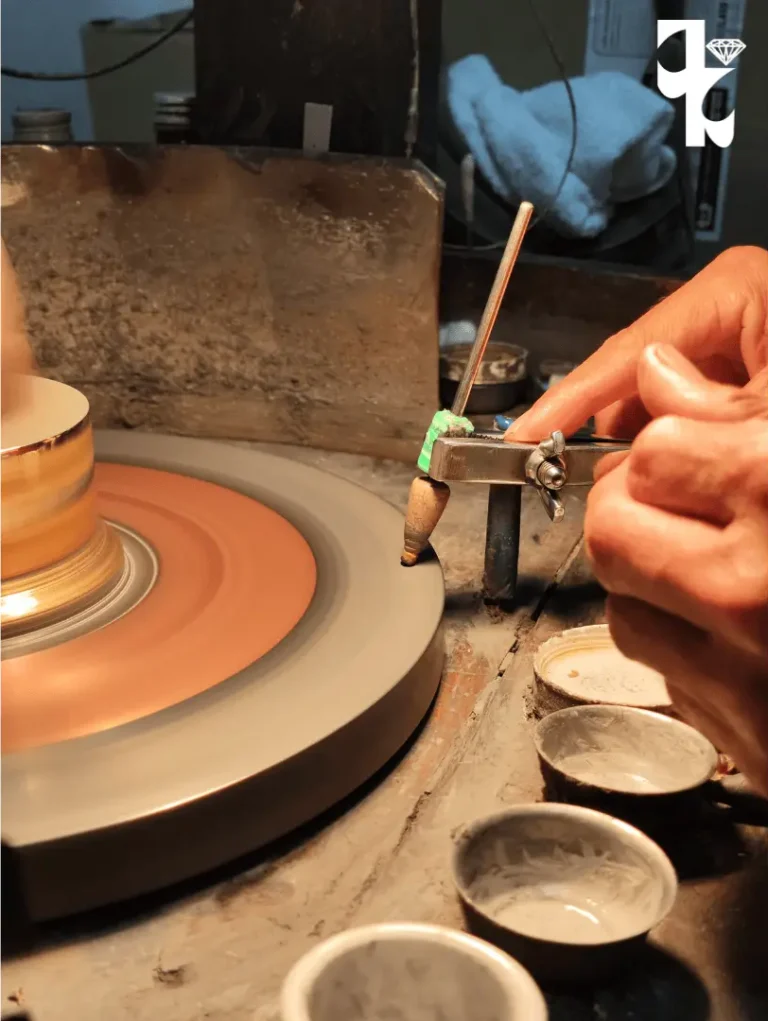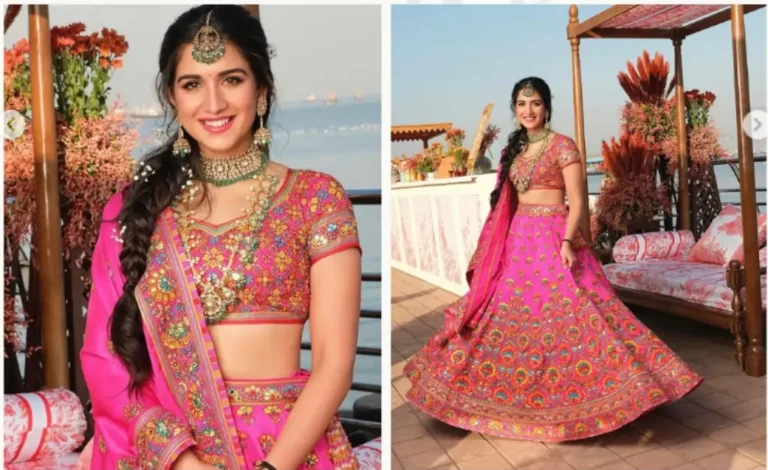Designing diamond jewelry is an intricate art form that requires a blend of creativity, technical knowledge, and a keen eye for detail. While it offers limitless possibilities for creating breathtaking pieces, the path to perfection is riddled with potential pitfalls. Whether you are a budding jewelry designer or a seasoned professional, avoiding common mistakes is crucial for crafting exquisite and durable diamond jewelry. In this blog, we’ll explore the key mistakes to avoid and how mastering these can elevate your designs.
Introduction to Diamond Jewelry Design
Diamond jewelry design is not just about aesthetics; it’s a meticulous process that balances beauty, functionality, and durability. Understanding the core characteristics of diamonds and their impact on design is fundamental to avoiding costly errors. Traditionally, diamonds are evaluated based on the four Cs—cut, clarity, color, and carat. Each of these factors plays a significant role in the overall look and quality of the finished piece.
Choosing the Right Diamonds for Your Design
Understanding Diamond Quality: The Four Cs
1. Cut: The cut of a diamond affects its brilliance. A well-cut diamond reflects light beautifully, while a poorly-cut diamond appears dull.
2. Clarity: This refers to the presence of internal or external flaws, known as inclusions and blemishes. Higher clarity grades mean fewer imperfections.
3. Color: Diamonds are graded on a scale from D (colorless) to Z (light yellow or brown). Colorless diamonds are the most sought-after.
4. Carat: This measures the weight of the diamond. Larger diamonds are rare and more valuable, but size isn’t everything—cut, clarity, and color also matter.
Common Mistakes in Selecting Diamonds and How to Avoid Them
1. Ignoring Proportions: Many designers focus solely on carat weight and neglect the importance of cut proportions. A poorly cut diamond will not sparkle, regardless of its size.
2. Overlooking Clarity and Color: While carat is important, clarity and color significantly impact a diamond’s visual appeal. Balance all four Cs to choose the best diamond for your design.
3. Compromising on Quality for Budget: It’s tempting to opt for larger, cheaper diamonds, but low-quality stones can diminish the overall look and longevity of the jewelry.

Designing for Functionality and Aesthetics
Balancing functionality (comfort, wearability) with aesthetic appeal
A stunning piece of jewelry that is uncomfortable to wear will not be cherished. Consider the following to ensure your designs are both functional and beautiful:
1. Weight Distribution: Even weight distribution prevents pieces from shifting or becoming uncomfortable.
2. Smooth Edges: Avoid sharp edges or protruding settings that can snag on clothing or irritate the skin.
3. Secure Settings: Ensure stones are securely set to prevent loss while allowing maximum light to enhance the diamond’s brilliance.
Common design mistakes affecting both aspects
1. Overcomplicating Designs: Intricate designs can be beautiful, but they can also compromise functionality. Strive for simplicity and elegance.
2. Neglecting wearability: Consider how the piece will be worn in daily life. Ensure it is practical and comfortable.

Avoiding overly complicated designs
Simplicity is key in diamond jewelry design. Overly complicated designs can detract from the beauty of the diamonds and make the piece less practical. A minimalist approach often highlights the brilliance of the diamonds better than a complex design. Remember, each element of the design should serve a purpose and enhance the overall aesthetic.
Understanding Scale and Proportion:
Importance of Scale and Proportion
Scale and proportion are critical in ensuring a piece looks balanced and harmonious. An oversized setting can overwhelm a small diamond, while a tiny setting can make a large diamond appear disproportionate.
How do Scale and Proportion impact the final piece?
1. Visual Appeal: Proper scale and proportion create a cohesive and visually pleasing piece.
2. Structural Integrity: Ensuring that elements are proportionate helps maintain the strength and durability of the jewelry.

Ensuring structural integrity
A beautiful design means nothing if it cannot withstand daily wear. Structural integrity is paramount. This involves choosing the right materials, ensuring strong settings, and reinforcing weak points in the design.
Attention to Detail: Finishing and Settings
The finishing touches can make or break a piece of jewelry. Pay attention to the quality of the polish, the precision of the settings, and the overall craftsmanship. These details not only enhance the beauty of the piece but also its durability and value.
Conclusion
Crafting exquisite diamond jewelry requires a delicate balance of artistry and technical expertise. Avoiding common mistakes in diamond selection, design, and craftsmanship is essential to creating pieces that are not only beautiful but also wearable and durable.
For those aspiring to master diamond jewelry design, enrolling in comprehensive courses is a crucial step. At J K Diamonds Institute of Gems & Jewelry, we offer 100% practical courses that equip you with the skills and knowledge needed to excel in this field. Our courses include:
Polished Diamonds Graduate: With the Polished Diamonds Graduate course, you can learn about diamond grading and selection to ensure you choose the best stones for your designs. Learn practically beyond the 4Cs as J K Diamonds Institute of Gems & Jewelry offers 7C and 7S of diamond grading techniques.
Rough Diamonds Graduate: Focused on evaluating and grading rough diamonds, the Rough Diamonds Gradute course teaches you to assess cutting potential and market value, equipping you for success in diamond trading and manufacturing. Learning about polished diamonds first provides a strong foundation for understanding rough diamonds.
Gemology Graduate: The Gemology Graduate course provides an in-depth understanding of gemstones, covering their identification, grading, and valuation. You’ll gain hands-on experience with a variety of gemstones, preparing you for a successful career in gemology.

CAD Jewelry Design: Master computer-aided design to create precise and innovative jewelry pieces using software such as Rhinoceros 3D, Gemvision Matrix, and ZBrush. For those looking to learn jewelry design online, J K Diamonds Institute also offers online jewelry design courses through their online learning platform, Learnathon. Online CAD Jewelry Design courses and Procreate Jewelry Design courses are offered online.Manual Jewelry Design: Develop your hand-drawing skills to bring your creative visions to life. The Manual Jewelry Design course is offered offline on campus as well as online through Learnathon.

Our programs, including the Polished Diamond Graduate program and Gemology Graduate course, are designed to provide you with practical know-how about careers and the business aspects of the gems and jewelry industry. The CAD and Manual Jewelry Design Graduate programs offer an in-depth look into the real-world career as well as the business aspects of the jewelry design field. Whether you’re looking to take a jewelry design course in India or seeking a specialized diamond institute in Mumbai, J K Diamonds Institute of Gems & Jewelry is your ideal partner in achieving excellence in the gems and jewelry industry.Take the next step in your jewelry design journey and join us today. Unlock your potential and create stunning diamond jewelry that stands the test of time. Enroll today and start your path to becoming a diamond jewelry design expert.




